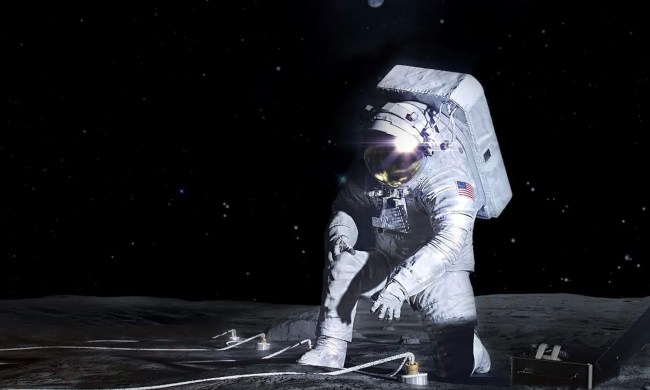NASA’s Europa Clipper spacecraft has officially entered its assembly stage at the Jet Propulsion Laboratory (JPL) in California, the space agency revealed on Thursday, March 3.
The Europa Clipper mission is set to launch in 2024 and will explore Jupiter’s icy moon, Europa, to investigate its habitability and gather data to help find a suitable landing site for the subsequent Europa Lander mission.
It’s all coming together. Our spacecraft – with solar arrays spanning the length of a basketball court – has officially entered its assembly stage @NASAJPL. Launch is targeted for 2024, when we set sail for Jupiter's ocean moon Europa! 🛰 More: https://t.co/ki6fbuTSfz pic.twitter.com/mUQ7jl8x9C
— NASA Europa Clipper (@EuropaClipper) March 3, 2022
Building the SUV-sized spacecraft is a delicate affair, with an expert team of engineers working to incorporate nine science instruments together with solar arrays stretching the length of a basketball court. Parts for the spacecraft are now being shipped in from partners across the U.S. and Europe.
The main body of the spacecraft comprises a 10-foot-tall (3-meter) propulsion module featuring electronics, radios, cabling, and the propulsion subsystem.
“We’re moving into the phase where we see the pieces all come together as a flight system,” Jan Chodas, Europa Clipper project manager at JPL, said this week. “It will be very exciting to see the hardware, the flight software, and the instruments get integrated and tested. To me, it’s the next level of discovery. We’ll learn how the system we designed will actually perform.”
The mission promises to give scientists their best look yet at Europa, one of the most interesting of Jupiter’s 80 known moons.
NASA said that during a series of planned flybys, Europa Clipper will:
- Gather high-resolution images of Europa’s surface
- Learn more about its composition
- Search for signs of geological activity
- Calculate the thickness of the moon’s icy shell
- Look for subsurface lakes
- Attempt to determine the depth and salinity of Europa’s ocean
In what promises to be a spectacular launch from the Kennedy Space Center in Florida two years from now, SpaceX will use its triple-booster Falcon Heavy rocket for only the fourth time to send the Europa Clipper spacecraft into orbit. The spacecraft will begin its explorations when it reaches the distant moon in 2030.


